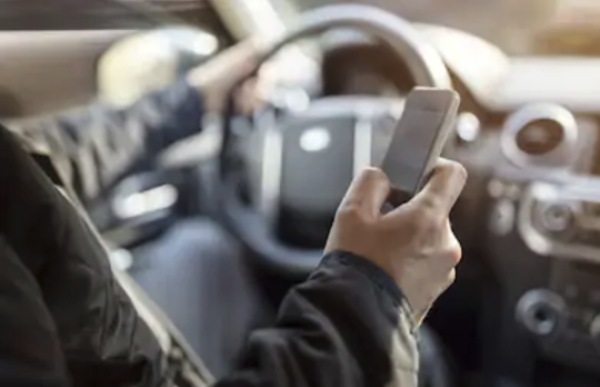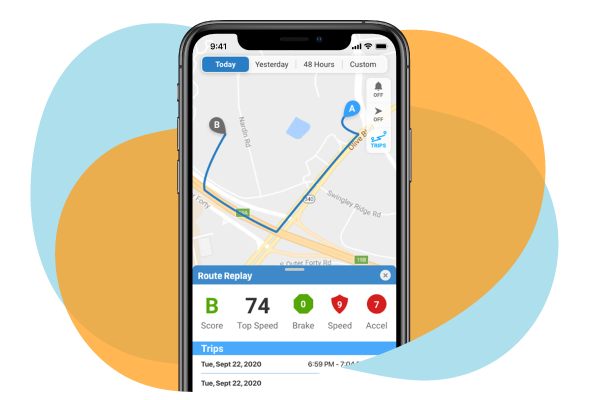
By Jana Rhodes / Posted October 3, 2016
Teaching Your Teen Defensive Driving Skills
As the parent of a teen driver, you do all that you can to teach your child to drive safely. So why are you so worried when you watch that car leave the driveway?
Even if you think that your teen is a safe driver, you can still have concern about the presence and actions of other drivers on the road. This is an area where you might feel as if you have no control. However, there are some things you can do to minimize the risk of collision when your teen encounters unexpected obstacles. While you can’t influence the behavior of other drivers, you can equip your teen to react to driving incidents in the safest manner. A little bit of training in defensive driving can go a long way toward protecting your teen behind the wheel.
Be patient and courteous
The first defensive driving habits you can teach your teen are patience and grace. The road is not the place to insist on your “right of way.” Explain to your teen that some people will simply be rude, failing to yield or cutting in front of them. Train your teen to take a deep breath and let things go. In no circumstances should they ever tailgate someone to make a point or drive aggressively to assert their rights. Remind them that “winning” could result in a collision, endangering their life or incurring costly damage.
Stay aware of surroundings
General awareness can give your teen valuable seconds needed to avoid an accident. Teach them to pay attention to what is going on about 15 to 20 feet in front of them so that they can anticipate problems and react quickly. They should also check mirrors and their blind spot regularly so they can recognize if they need to speed up or change lanes to get out of trouble. Finally, your teen should watch for brake lights, hazard lights, or turn signals to anticipate a slowing vehicle in front of them.
Practice emergency stops
Your teen should always leave plenty of room between their vehicle and the vehicle in front of them to allow for reaction time. However, there will always be incidents that require a sudden stop. Practice the correct way to stop according to your vehicle’s brakes so that they will easily remember what to do if this occurs.
If your car has anti-lock brakes, your teen should just press down on the brake as hard as they can, resisting any feeling of “push-back.” However, if your car has conventional brakes, this could lead to skidding and send the vehicle out of control. Your teen should practice braking hard enough to stop without locking and skidding; then they should release the brake quickly and repeat if necessary.
Check your own habits
Remind your teen about simple driving habits that will help other drivers, such as signaling before turns. They should never get into a contest with a yellow light; intersections are places to slow down and be aware of other vehicles. Of course, you should always remind them to avoid distractions like cell phones or noisy passengers. Finally, they should keep both hands on the steering wheel to be ready for a fast turn away from impending danger.

While you can’t protect your teen from every incident on the road, you can prepare them to react safely when they happen. These defensive driving skills can help your teen avoid a collision or minimize the effects of one. Review these habits with your teen today to help them be well-prepared.

- Installs in seconds
- Rates driver performance
- Monitors safe driving behaviors
- Shows location in real time
- Generates alerts for speeding and more
- Signals unauthorized usage

Next Post
What to Do in an Accident
October 24, 2016When you send your teen out on their own, you should send them well-trained to avoid accidents. However, you should also send them well-prepared to…
Previous Post
When Your School Cancels Driver's Ed
September 23, 2016There is a growing trend among states and schools to discontinue driver’s ed programs. The high cost of administering classes, combined with…


